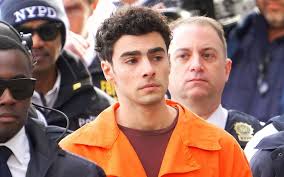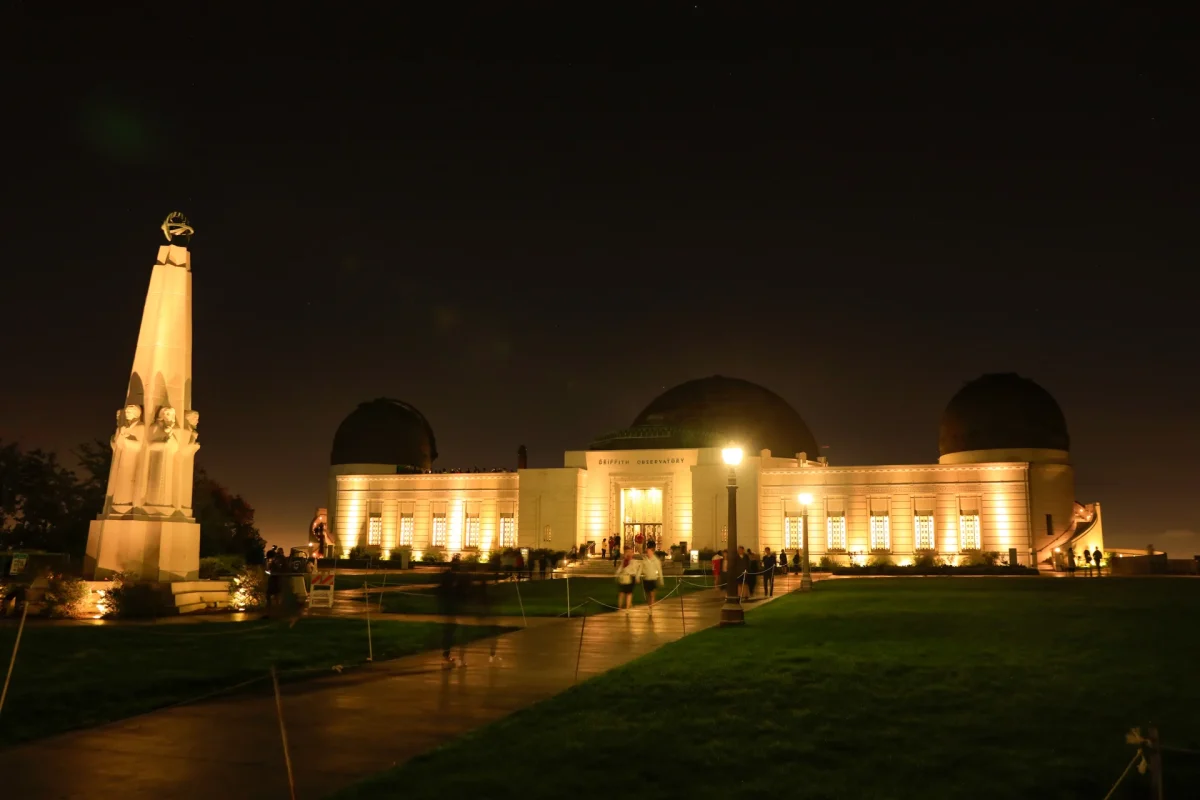The Boy and the Heron is Japanese animation powerhouse Studio Ghibil’s latest release. The film was reported to be Hayao Miyazaki’s final work and has already seen unprecedented success; it became the first original anime film to top the box office at $12.8 million over its opening weekend. Based on the enduring Japanese philosophical bestseller How Do You Live?, The Boy and the Heron is an intriguing deviation from Ghibli’s style and is an unmistakable ode to Miyazaki’s legacy as a visionary artist.
The Boy and the Heron takes little from the plot of its original novel. It follows Mahito, a young boy coping with his mother’s death and the arrival of his father’s new wife. He emigrates to the Japanese countryside to escape World War II. There, he encounters a supernatural heron who invites him into a realm hidden in a mystical tower.
Eager fans would recognize the studio’s telltale artistic signatures in their latest film. The distinctive sway of the grandmother characters, the alternate world spirits’ bubbly expressions and the iridescent gothic architecture all pay homage to many of the studio’s beloved works rooted in animation history.
Yet, The Boy and the Heron ventures further in its artistic license, perhaps more than any recent Ghibli film. Particularly noteworthy is the opening sequence of war-torn Tokyo, where the hellish cityscape is awash in flames that groan and stretch. As the protagonist Mahito sprints through the shapeless crowd, the world seems to contort around him. Devoid of the studio’s pleasing pastel hues, the impressionist brush strokes trap Mahito in this nightmare that he must constantly relive in his dreams. Another striking sequence reveals the studio’s bold artistic approach: when Mahito wakes from unconsciousness, the symbolic pool of water surrounding him dries up to reveal the bed he was sleeping in. Such a style is rare in Studio Ghibli’s films that often incorporate fantasy elements but maintain their reality-grounded depiction.
Acclaimed composer Joe Hisaishi’s original score reminds listeners of his work on Children of the Sea, a similarly dreamy narrative by Japanese animation Studio 4°C. (Without getting too sidetracked, it’s worth noting that 4°C is also a contributor in The Boy and the Heron’s credits.) Most of the tracks rely heavily on the piano, Hisaishi’s instrument of choice at any orchestral concert he performs in. It’s as if Hisaishi recognizes that this film would be his last collaboration with Miyazaki. The rest of the instruments take a back seat as Hisaishi and Miyazaki delve into conversation with each pluck of the piano strings.
No other Ghibli film save Spirited Away (2001) utilizes the piano’s melody as much as Hisaishi’s latest work. The two films are similar in their premises: adolescents alienated from their parents and the comfort of their home, stranded in strange territory that straddles reality and the surreal. Perhaps in this environment, the piano embodies the protagonists’ solitude in a foreign environment. Even beyond considerations of the piano, Hisaishi’s latest work is poignantly different. Instead of the sweeping waltzes of Howl’s Moving Castle or the thundering Japanese drums of Princess Mononoke, Hisaishi’s score is minimal and tender. It accompanies Miyazaki’s semi-autobiographical tale like a close friend who knows their time together has come to an end.
The Boy and the Heron delivers a story packed with a distinct “Miyazaki-ness” that Ghibli has been missing for a decade. The last Ghibli film Miyazaki directed, The Wind Rises (2013), was the birthchild of his childlike wonder for aviation. In previous interviews, Miyazaki has expressed his fatalistic outlook; he believes the fall of Studio Ghibli to be inevitable, especially without a suitable successor. Similarly, The Boy and the Heron explores the process of moving on from endings and accepting new beginnings as Mahito learns to accept his new family structure. Perhaps the golden age of Japanese animation that Studio Ghibli spearheaded has already come and gone, replaced by next-generation directors and manga adaptations.
If The Boy and the Heron is Miyazaki’s final work, it seems an apt conclusion to the filmmaker’s storied career. However, if his many “un-retirements” and tales of his workaholism provide any indication, Miyazaki may return to direct another feature film. Only time will tell.














